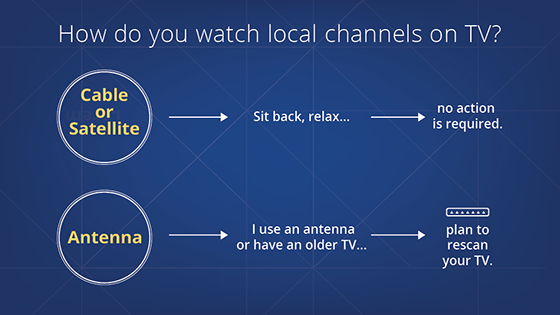The Ultimate Guide To Apollo Group Tv
The Ultimate Guide To Apollo Group Tv
Blog Article
Some Known Details About Apollo Group Tv
Table of Contents7 Easy Facts About Apollo Group Tv ShownApollo Group Tv - TruthsSome Known Facts About Apollo Group Tv.The 5-Minute Rule for Apollo Group Tv
In this scenario, instead of having three-minute industrial areas throughout a 30-minute television program, TV shows might transform to one where a customer will certainly be needed to have a regular monthly membership, to ensure that they cen view targeted banner advertisements. This sort of advertising currently happens online, and the quantity of information tv firms collect permits them to do similar.Explain the impact of enrollers on program content. Explain the major trends among the broadcasting and wire networks. When television remained in its early stage, producers modeled the brand-new tool on radio. Popular radio reveals such as cops drama Dragnet and western cowboy series Gunsmoke were adjusted for tv, and brand-new TV programs were sponsored by single advertisers, simply as radio programs had actually been.
Today, the tv sector is much more intricate. Programs are sponsored by multiple advertisers; shows is regulated by major media empires; and the 3 significant networks no longer dominate the airwaves yet rather share their audiences with various cable channels. Numerous elements make up these fads within the industry, consisting of technical advancements, government guidelines, and the creation of new networks.

Some Known Questions About Apollo Group Tv.
Also public television has come to be subject to the influence of advertising. Developed in 1969, (PBS) established out of a report by the Carnegie Compensation on Educational Television, which analyzed the duty of educational, noncommercial tv on society. The record recommended that the federal government financing public tv in order to offer variety of programs throughout the network eraa service produced "not to market products" however to "improve citizenship and public solution (McCauley, 2003)." Public tv was also meant to offer universal accessibility to tv for audiences in rural locations or viewers who might not manage to pay for personal tv services.
The period in between 1950 and 1970 is historically identified as the. Apart from a tiny part of airtime controlled by public television, the three major networks (called the Big 3) controlled the television market, collectively accounting for greater than 95 percent of prime-time viewing. In 1986, Rupert Murdoch, the head of international company Information Corp, released the Fox network, challenging the supremacy of the Big Three.
Targeting young and minority audiences with shows such as Buffy the Vampire Slayer, Moesha, Dawson's Creek, and The Wayans Bros., the new networks intended to attract terminals away from their old network affiliations. Instead than duplicating the success of Fox, UPN and WB struggled to make an effect. Not able to draw in several associate terminals, the 2 new networks reached fewer homes than their larger rivals because they were impossible in some smaller cities.
This decision led the way for the growth of wire film networks, contributing to the exponential development of cord in the 1980s you could try here and 1990s. apollo tv. More deregulation of cable television in the 1984 Cable Television Communications Policy Act removed limitations on cable prices, enabling operators to bill what they desired for cord services as long as there worked competition to the solution (a criterion that over 90 percent of all cord markets might meet)
The 9-Minute Rule for Apollo Group Tv

Having actually produced the first "superstation," Turner broadened his realm by establishing 24-hour news network CNN in 1980. At the end of the year, 28 nationwide shows services were offered, and the cord revolution had begun. Over the following decade, the industry undertook a period of rapid growth and appeal, and by 1994 customers might select from 94 standard and 20 premium cable television solutions.
Figure 9 - https://apollo-group-tv.mailchimpsites.com/.16 Enhanced competition from cable networks has triggered a steady decrease in the networks' audience ratings. During the 1950s, the expense of creating a solitary tv program raised as shows came to be much longer and production costs soared. Sponsorship on network television shifted from single sponsorship, in which a program was entirely supported and created by one advertiser, to several sponsorship, in which marketers got 1- or 2-minute places on the program
Each response should be a minimum of one paragraph. Select one of the Big Four networks and print out its once a week programs routine. View the network's prime-time programs over the course of a week, noting the target demographic for each and every program. Observe the advertising sponsors that sustain each show and compare how the product or services fit with the designated target market.
The Ultimate Guide To Apollo Group Tv

Linear Television, frequently referred to as typical broadcast TV, incorporates wire and satellite tv., assume of it as the traditional way of watching Television that has been around for years.
Report this page